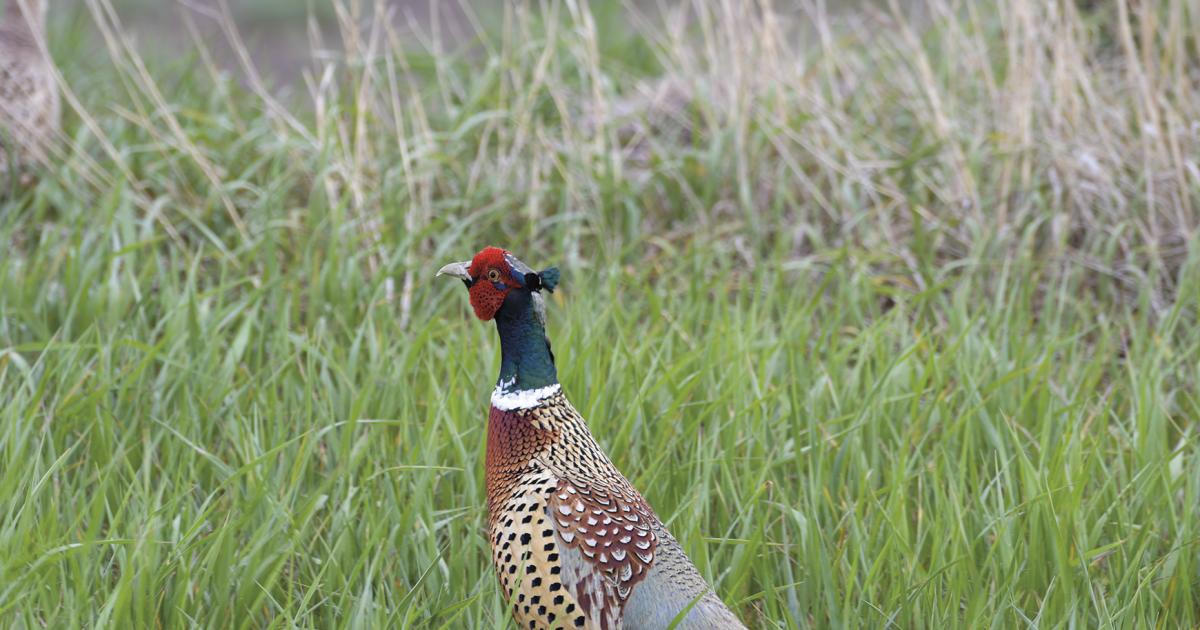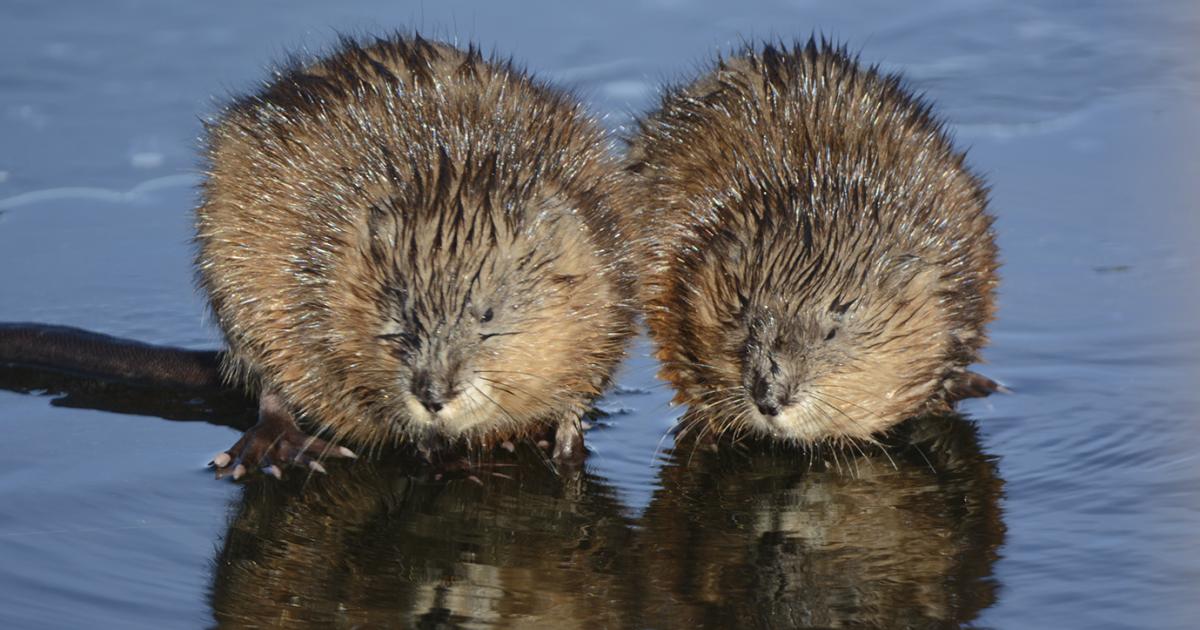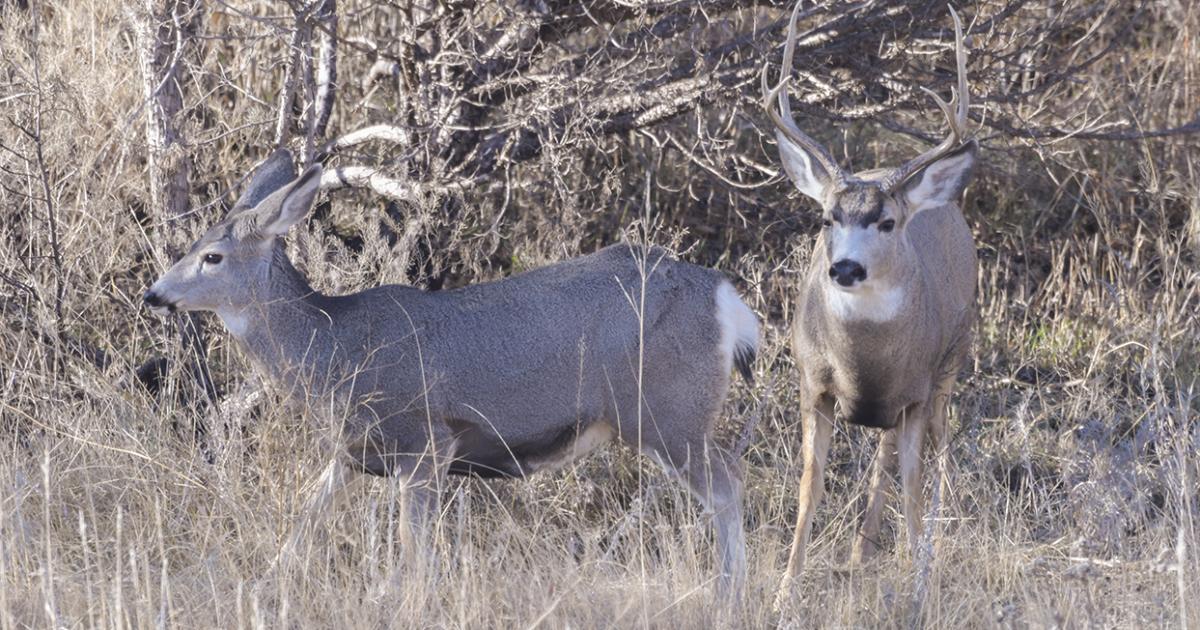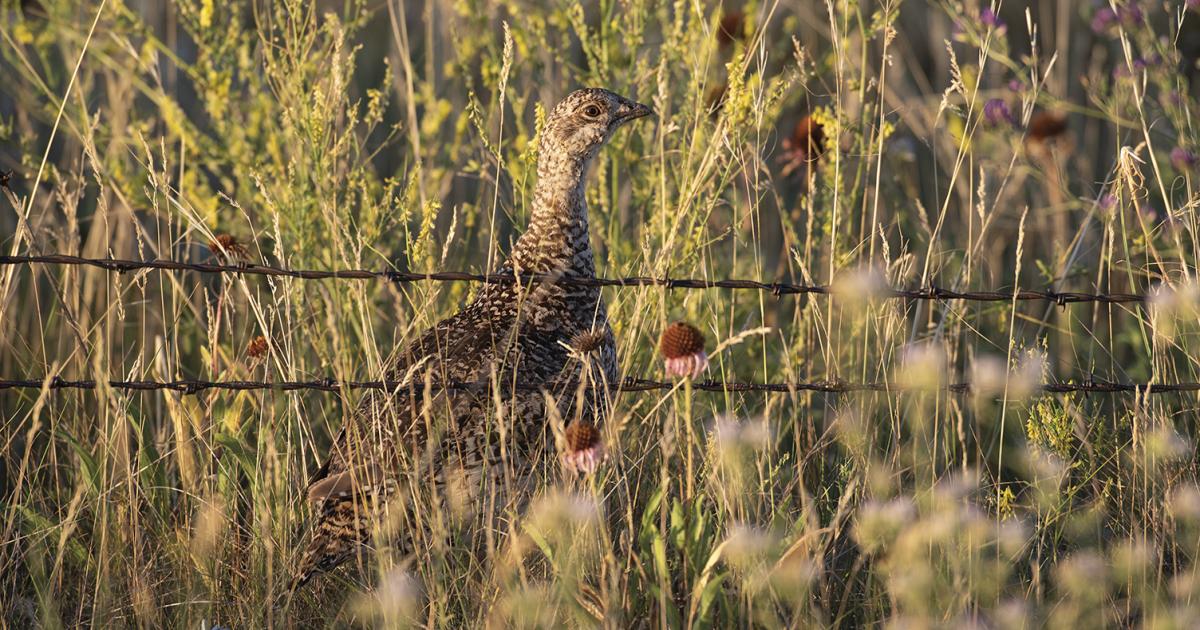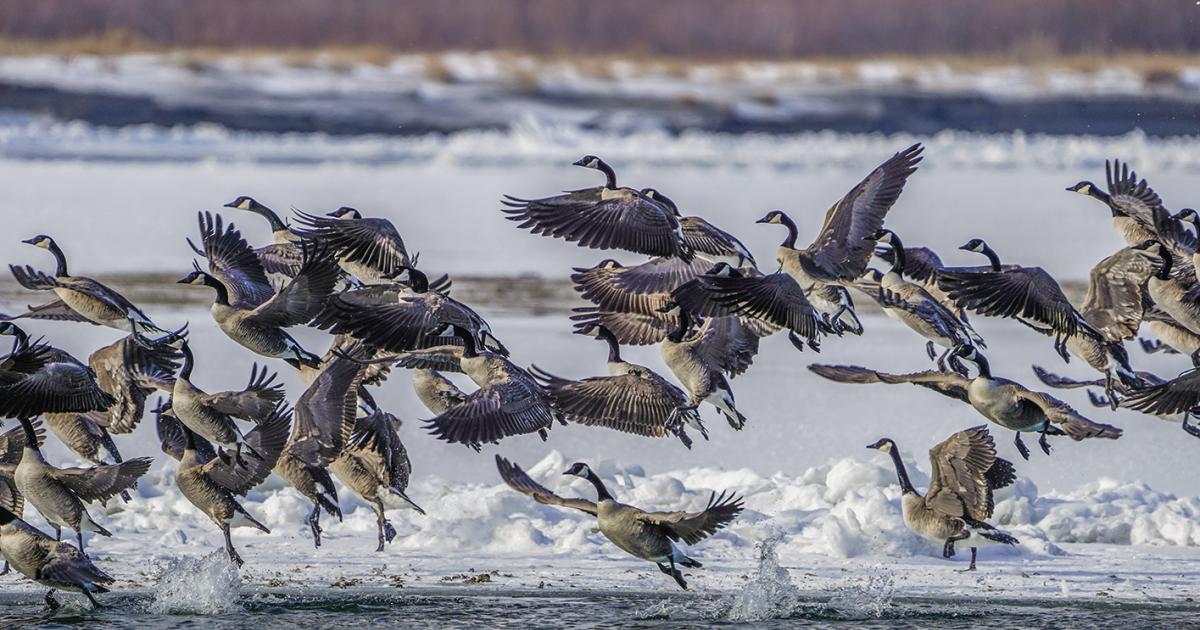Severe drought negatively influenced duck production in North Dakota in 2021, and dry conditions certainly could impact upland bird numbers as well. On a brighter note, 72,200 deer gun licenses were made available by the N.D. Game and Fish Department for the November season, a more than 3,000 license increase from 2020.
The following hunting season preview is a condensed version of an article originally appearing in the August-September issue of the N.D. Game and Fish Department magazine, North Dakota OUTDOORS.
Hunters and trappers can find more information, including season details and regulations for upland game, migratory game birds and furbearer hunting and trapping on the department’s website at www.gf.nd.gov(link is external) or by calling 701-328-6300.
Ring-necked pheasant
PHEASANTS
North Dakota’s spring pheasant population index was about the same as last year. The number of roosters heard crowing in spring was up about 3% statewide.
Department biologists said the statewide number might be a bit misleading, since counts were notably down in the southwest, while most of the state benefited from good reproduction in 2020 and a mild winter.
Drought conditions caused delayed growth in nesting cover, brood rearing cover and croplands across the state. Extended drought conditions, biologists warned, could have prevented insect hatches, reducing forage availability to chicks during brood rearing.
In 2020, more than 57,000 pheasant hunters harvested 330,668 roosters, up 28% from 2019.
WILD TURKEYS
North Dakota’s turkey population continues to head in the right direction, which is good news for hunters.
In 2021, more than 7,000 spring turkey licenses were made available by the Game and Fish Department, nearly 800 more than last year. For the fall turkey season, 8,825 are available, 40 more than last year.
SHARP-TAILED GROUSE
Sharp-tailed grouse have steadily rebounded since 2017. Historically, biologists say, grouse populations have rebounded within three to five years after reaching low points in the population cycle.
The sharp-tailed grouse index for 2021 was up 12% statewide. The 2020 spring census indicated a 22% increase in bird numbers from 2019.
In 2020, nearly 20,000 hunters harvested about 90,000 grouse, which is more than 150% from the previous year.
DUCKS
State Game and Fish Department biologists expect a fall flight of ducks in North Dakota that will be unfamiliar to many hunters.
Based on observations from the annual mid-July duck production survey, the 2021 fall flight is anticipated to be down 36% from last year, and similar to the 1970, 1979 and 1994 fall flights.
Hunters should expect waterfowl hunting to be difficult in North Dakota this year, with the lone bright spot being Canada goose hunting. Nonetheless, localized concentrations of ducks, geese and swans will materialize throughout the hunting season as birds migrate through the state. Hunters should take advantage of early migrants like blue-winged teal during the first two weeks of the season.
Drought severely impacted breeding duck habitats across North Dakota. Breeding conditions varied from very poor to fair, and the wetland index declined by 80%. While 2.9 million ducks were estimated during the department’s 74th annual breeding duck survey in May, biologists said behavioral cues suggested breeding efforts by those ducks would be low. Conditions were not good statewide and, after a high count in 2020, the decline in wetlands represented the largest one-year percentage-based decline in the 74-year history of the survey. Overall, this year’s breeding duck index was the 48th highest on record, down 27% from last year, but still 19% above the long-term average.
GEESE
Numbers of temperate-breeding Canada geese, western prairie Canada geese and arctic nesting tallgrass prairie Canada geese, snow geese and Ross’s geese all remain high.
Production of Canada geese in the state was fair this year, and large-type Canada geese in the state are abundant as a result of banner production in the Dakotas the last two years. Estimates from arctic breeding areas are not available due to pandemic-related travel restrictions, but indications are that arctic goose production will be average to below-average.
SANDHILL CRANES
The mid-continent sandhill crane population is in good shape heading into fall. However, spring migration occurred early this year due to light snow cover and warm temperatures in the northern Great Plains.
As a result, the number of birds counted during the spring survey along the Platte River in Nebraska appears to be lower than anticipated, although these numbers are preliminary. Nonetheless, the three-year average population index used for guiding hunting regulations will still be well above the management objectives for this population.
Drier conditions this fall will lead to fewer wetlands for migrating cranes, but receding water levels on larger wetlands should provide abundant open shorelines and mudflats suitable for roosting cranes.
WHITE-TAILED DEER
Game and Fish made available 72,200 licenses for the 2021 hunting season, an increase of 3,150 from 2020.
Population and harvest data indicate the state’s deer population is stable to increasing, but still below management goals in most eastern hunting units. Consequently, there was a moderate increase in deer licenses allocated in 2021 to increase hunting opportunities while continuing to encourage population growth.
The statewide gun hunter success rate in 2020 was 68%, which was 4% higher than 2019 and near the goal of 70%.
MULE DEER
Mule deer in North Dakota’s Badlands remain at a healthy level based on the 2021 spring index, which indicated 8.7 deer per square mile, similar to 2020 and 21% above the long-term average.
The mule deer population increase can be attributed to prohibiting harvest of antlerless mule deer in the Badlands during the 2012-16 hunting seasons, more moderate winter conditions and improved fawn production in 2013-20. Fawn production was highest in 2014 and 2016 with fawn-to-doe ratios of 95 and 90 fawns per 100 does, respectively.
A stable mule deer population will mean good hunting opportunities again this fall. There were 3,050 antlered licenses and 2,350 antlerless licenses available in 2021, which is 200 more antlerless licenses than 2020.
PRONGHORN
North Dakota hunters will have slightly fewer opportunities to hunt pronghorn this year due to a minor population decrease this summer.
Summer aerial surveys indicated that the number of pronghorn in the state decreased by 8% from last year.
Pronghorn have been slowly recovering since 2013 following the severe winters of 2008-10, which resulted in numbers declining by 75%. Epizootic hemorrhagic disease (EHD) was widespread in the western part of the state during late summer and early fall of 2020. The EHD virus is spread by biting flies and mainly affects white-tailed deer. However, biologists documented cases of pronghorn dying from the disease across much of their range.
In addition, drought conditions in most of the primary pronghorn range resulted in poor habitat conditions and lower fawn production. The combination of these factors led to a slight population decrease.
FURBEARERS
Expansion of bobcat populations into eastern North Dakota have provided opportunity to expand harvest for bobcat hunters and trappers for the first time since 1980. Bobcat harvest this winter will open statewide, with the state split into two management zones.
North Dakota’s most popular furbearer, the coyote, is likely going to be found in lower numbers this year, compared to last season. Spring surveys indicated coyote numbers were down in all regions, except south and west of the Missouri River, although that region is trending below the long-term average for coyotes as well. Additionally, fox numbers remain low throughout the state.
On the other hand, spring surveys indicated muskrat numbers increased again this year in the Prairie Pothole Region. Dry conditions throughout the state in summer may temper the number of muskrats trappers will find this winter.


